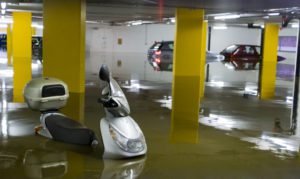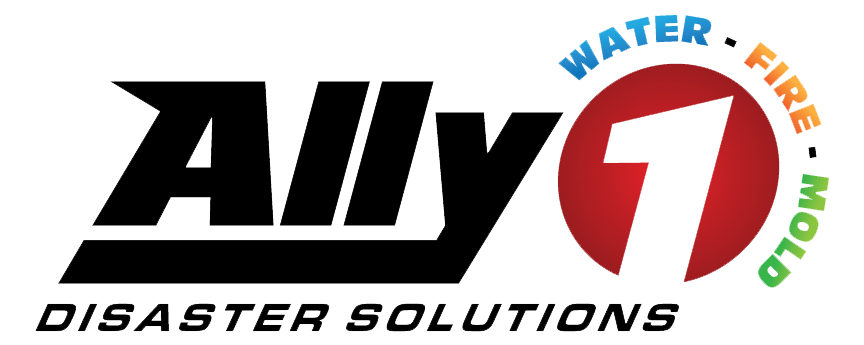 “That was convenient” is never going to be something you say or hear when water damage strikes your place of business, in fact, it’s exactly the opposite. We understand the urgency and the delicacy of the situation, but it is important that when faced with a commercial water damage, you stay calm, think clearly, and act fast. Here are a few tips that will help ease the stress and make the restoration process run a lot smoother.
“That was convenient” is never going to be something you say or hear when water damage strikes your place of business, in fact, it’s exactly the opposite. We understand the urgency and the delicacy of the situation, but it is important that when faced with a commercial water damage, you stay calm, think clearly, and act fast. Here are a few tips that will help ease the stress and make the restoration process run a lot smoother.
Be Prepared
Heavy rainstorms, pipe leaks, sewage backups, etc. can happen at any time and at any place. If you can ensure that you are prepared for any of these to happen and ready to act if they do, it will lessen the panic and the headache that typically comes with it. Airbrick protection, sandbags, and pumps are all widely available – the initial investment in at least one of these could save you a lot more in the long run. Another very important way to be prepared is to make sure you have insurance to help keep you covered in the case of a water damage.
Business buildings insurance is essential, whilst business equipment and stock can also be insured. The damage caused by floods can be extremely extensive, so it’s important to have backup.
When the flood hits
As the flood hits, there are a number of measures you can take to limit the damage, but before you do, ensure that it is safe. Flowing floodwater can be incredibly powerful and can easily hurt someone, if not worse. Access the situation carefully and ensure that the water isn’t accessible to electricity. If you come to the conclusion that it is safe, always make sure you wear protective gear such as rubber boots and rubber gloves. If you are unsure, it is always better to wait for a trained professional to take the proper steps for you.
First, you’ll need to isolate the problem area and cut off the water flow. If it’s an internal damage, turn off your water, gas, and electricity. In the case of an external flooding, use tools such as towels or sandbags to stop the flowing water.
After you have stopped the damage from worsening, take pictures. You will need evidence that what was damaged was, in fact, damaged by the flood for your insurance claim.
Now you will need to move valuable and electrical items to a safe, dry spot (whether that is on or off the premises) as soon as possible to ensure that the damage doesn’t get worse or spread to anything that hasn’t already been damaged.
Once you’ve taken these steps, you’ll want to make a call to a qualified restoration company, such as Ally1 Disaster. A restoration company will act fast and efficiently to get you cleaned up properly without the risk of further damage, such as mold.








